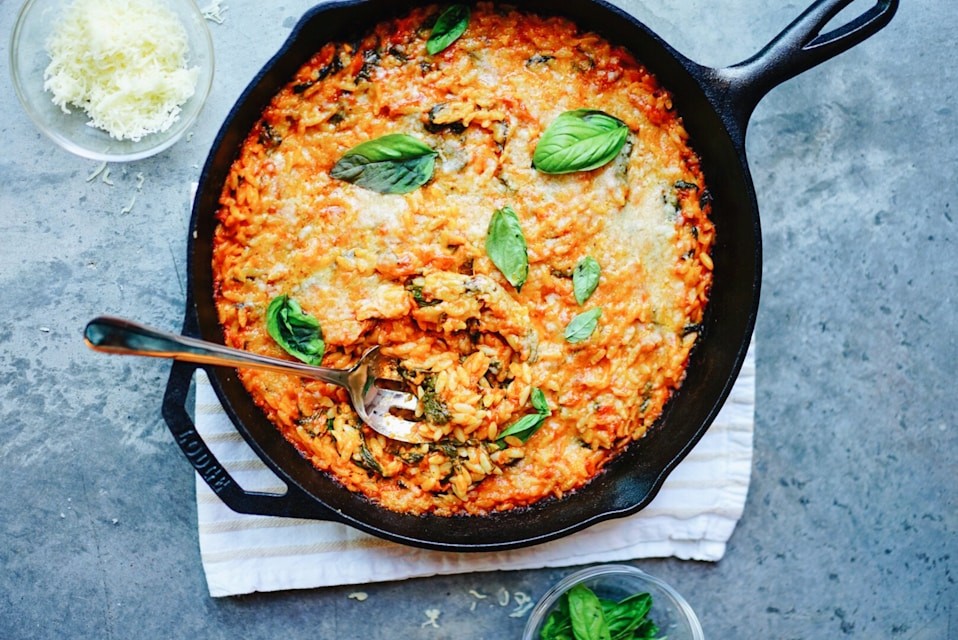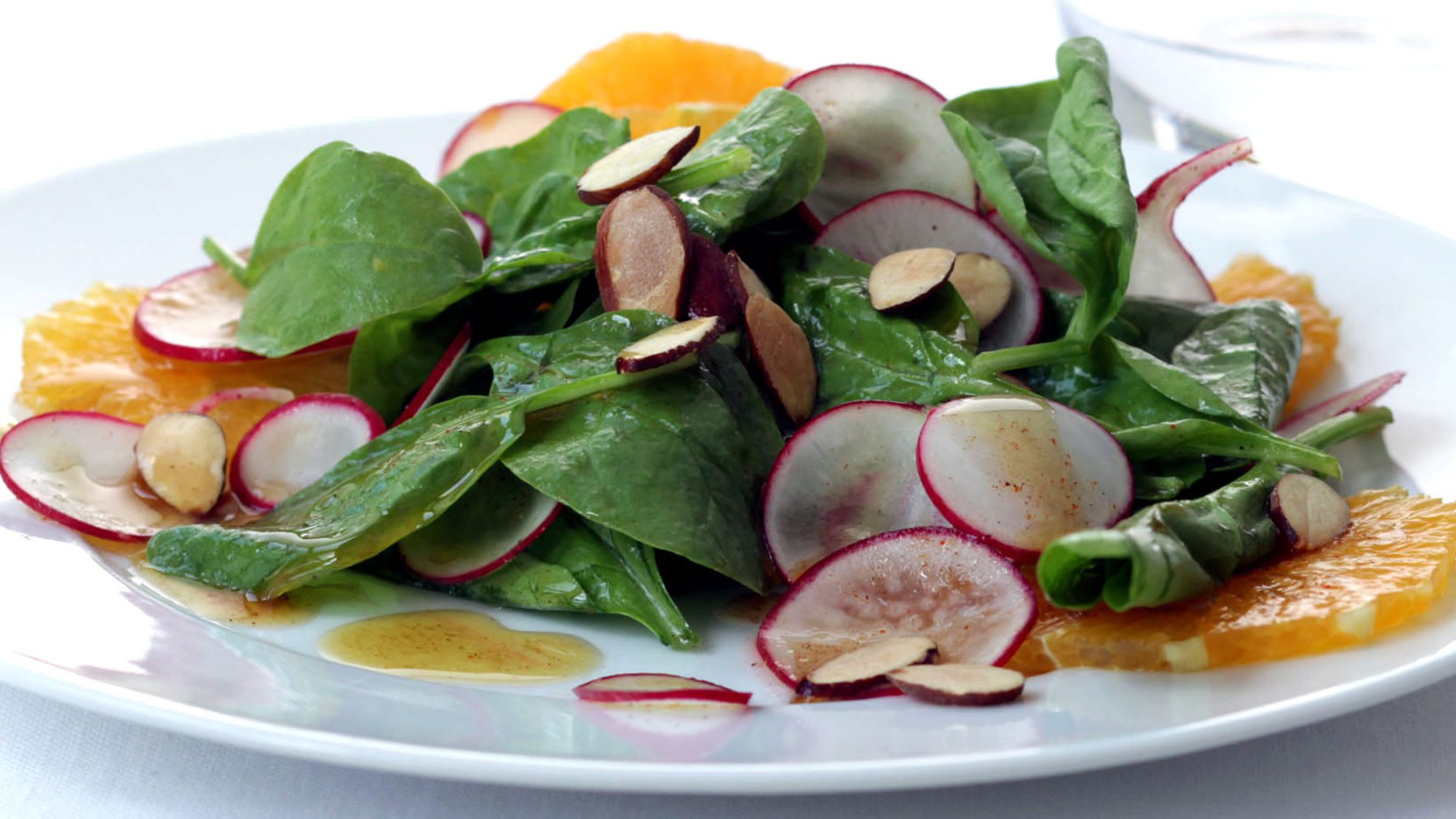What’s the best way to cook orzo?
“Orzo reminds me of being a child,” says Jacob Kenedy, chef/owner of Bocca di Lupo in London. “It’s very comforting, and you can eat it with a spoon.” It is perhaps first worth noting that in Italy the word orzo literally means “‘barley”, and the pasta we know as orzo more often goes by the name rosmarino (due to its likeness to a rosemary needle) or risoni (big rice). Here, we’re talking the pasta, which Kenedy uses as a substitute for both barley and rice, and says is particularly suited to soups and broths. For the latter, Feast’s Italian correspondent Rachel Roddy would look to Naples and a “really tasty, brothy soup with tomatoes and basil”. Gently sizzle some garlic in olive oil, then add tomatoes (“crush them with your hands”), basil and salt. Pour in water, add orzo and simmer until the pasta is soft. “Then plenty of cheese and pepper at the end, and you get this nice, thick soup.”
Orzo can also be treated like pilaf, which for Kenedy means melting a bit of butter, frying the pasta for a second, then adding “just the right amount of stock [chicken or fish] for it to absorb. That works really well.”
Photo by Megan Bucknall
Alternatively, serve it risotto-style, Roddy says: “When you boil orzo in water, the starch leaches out, so you get this creamy texture,” she says, adding that there are few better partners come spring than peas, lemon and parmesan. Cook diced onion in melted butter and oil, add peas, then tip in orzo and stir to coat every grain. In goes some stock, simmer until the pasta is tender, then stir through lemon zest, parmesan and parsley: “That’s lovely.” Kenedy, meanwhile, would be tempted to cook the pasta separately, not least because that can be done in advance and stored in the fridge. “The last time I did that, I made some verdant chard puree [you could use spinach instead], warmed that up and stirred orzo through it with parmesan and butter.”
If Kenedy was faced with a packet of the stuff right now, though, he says he’d get it in chicken (or parmesan or mushroom) broth. “Cook the orzo in the broth, so it absorbs some of its flavour, then, when the pasta is pretty much cooked, add asparagus cut diagonally, and peas.” Just before the veg are ready, chuck in a few basil or wild garlic leaves and serve with parmesan and a spoon.
Orzo’s shape is not all that dissimilar to fregola, so Kenedy is also tempted to treat it in much the same way – in a tomatoey, saffrony fish stew, say. Otherwise, it could win over any pasta salad sceptics. “Don’t leave the orzo too al dente if you’re going to serve it cold, though,” he warns, “because it firms as it chills.” Dress with lemon juice, basil and prawns or flaked tuna. “And play around with it – add some slightly cooked courgettes and mint, for example, or peas and mint, or asparagus and mint.” This would be best eaten at room temperature, as would Roddy’s combo of cooked orzo with chopped tomatoes, cucumber, a load of herbs and a tin of tuna. The key? “Everything has to be finely minced,” she says.
Finally, consider the sweet side. “I’ve got a friend who cooks orzo like rice pudding,” Roddy says. “There are a lot of unexplored sweet pasta dishes out there, so definitely experiment with that.”
This article was written by Anna Berrill from The Guardian and was legally licensed through the DiveMarketplace by Industry Dive. Please direct all licensing questions to legal@industrydive.com.








